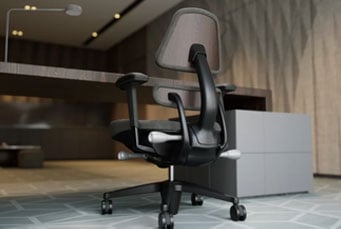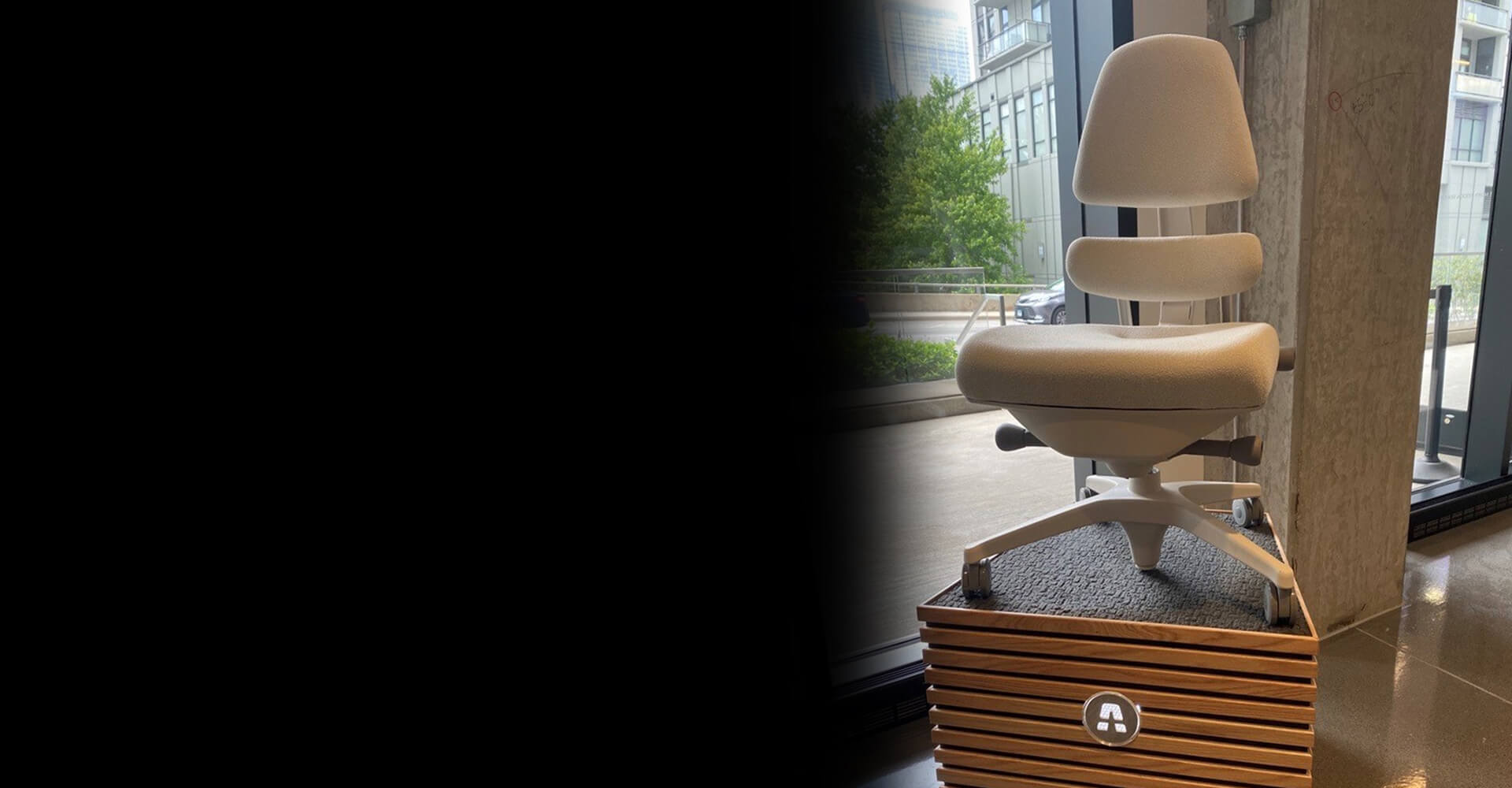Piriformis syndrome is a real pain in the buttocks! It’s a condition characterized by pain and discomfort in the buttock area caused by the compression or irritation of the piriformis muscle. This condition usually affects athletes and people who spend a lot of time sitting. In this blog, we will discuss the main causes of piriformis syndrome and some stretches that can help alleviate the symptoms.
Causes of Piriformis Syndrome
- Muscle imbalances: When some muscles around the hip and buttock area are weak, the piriformis muscle tries to compensate which can cause it to become tense and irritated. This can be caused by a variety of factors, including poor posture, sedentary lifestyle, and muscle imbalances due to sports or other physical activities.
- Overuse: Overuse of the piriformis muscle can also cause piriformis syndrome. Engaging in repetitive activities such as running, cycling, and rowing can put constant stress on the piriformis muscle, leading to inflammation and pain.
- Sitting for long periods: Prolonged sitting can cause the piriformis muscle to become tight and compressed, leading to inflammation and pain. This is a common cause of piriformis syndrome in office workers who sit at a desk for long hours.
- Anatomical variations: In some cases, people may be born with anatomical variations that make them more susceptible to piriformis syndrome. For example, the sciatic nerve may pass through the piriformis muscle in some people, which can lead to irritation and inflammation if the muscle becomes tight or inflamed.
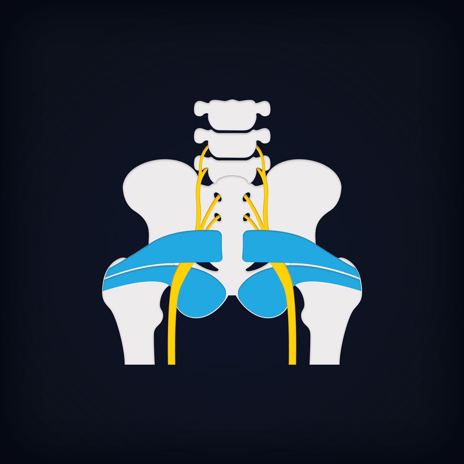
Stretches to Alleviate Piriformis Syndrome*
- Seated Piriformis Stretch: Sit on a chair with your feet flat on the ground, then cross your right ankle over your left knee. Grab your right knee and pull it towards your left shoulder until you feel a stretch in your right buttock. Hold for 30 seconds, then switch legs.
- Standing Piriformis Stretch: Stand facing a wall with your hands on the wall for support. Cross your right ankle over your left knee and slowly lower your body into a lunge position, until you feel a stretch in your right buttock. Hold for 30 seconds, then switch legs.
- Knee to Opposite Shoulder Stretch: Lie flat on your back with your knees bent. Cross your right ankle over your left knee and gently pull your right knee toward the opposite shoulder until you feel a stretch in your right buttock. Hold for 30 seconds, then switch legs.
- Figure 4 Stretch: Lie flat on your back with your knees bent. Cross your right ankle over your left knee and make a figure 4 shape with your legs. Gently pull your left thigh towards your chest until you feel a stretch in your right buttock. Hold for 30 seconds, then switch legs.
*This is not medical advice. Please contact your local healthcare provider for medical advice to treat your pain.
If you suffer from sciatic pain from piriformis syndrome, try incorporating these stretches into your daily routine. If you have to sit all day, pay attention to your posture and take sitting breaks throughout the day.
If you are looking to improve posture and decrease the pain in your buttocks while sitting, look no further than Anthros.
Anthros is the only chair in the world that is guaranteed to improve posture or your money back. The science-backed, patented design is registered with the FDA as a posture-improving chair and is proven to have the lowest pressure (most comfortable) cushion on the planet (verified by university testing).
Take the next step to reducing pain, increasing comfort, and maximizing performance!
Recent Post
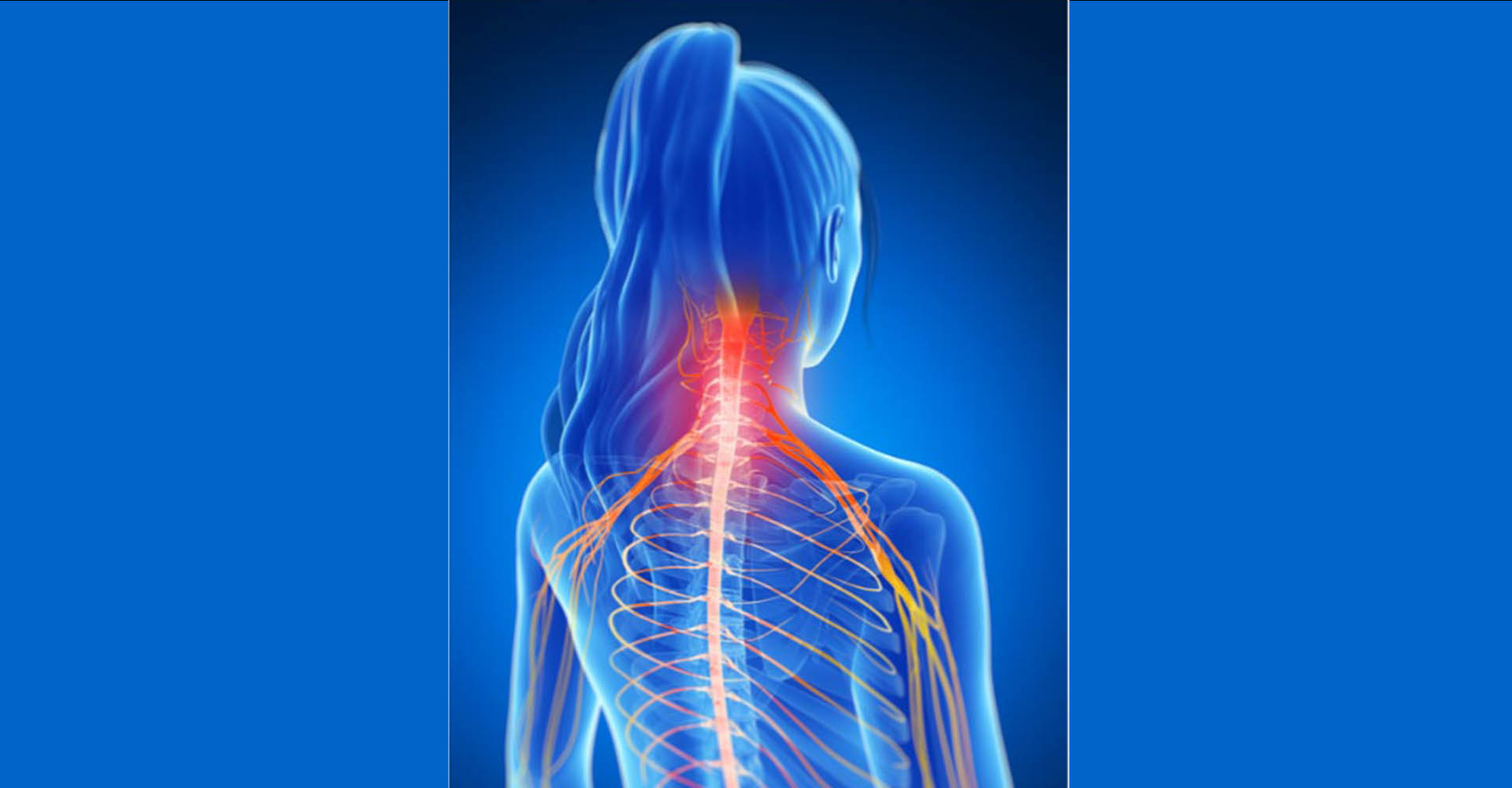
In today's work culture, many of us spend...
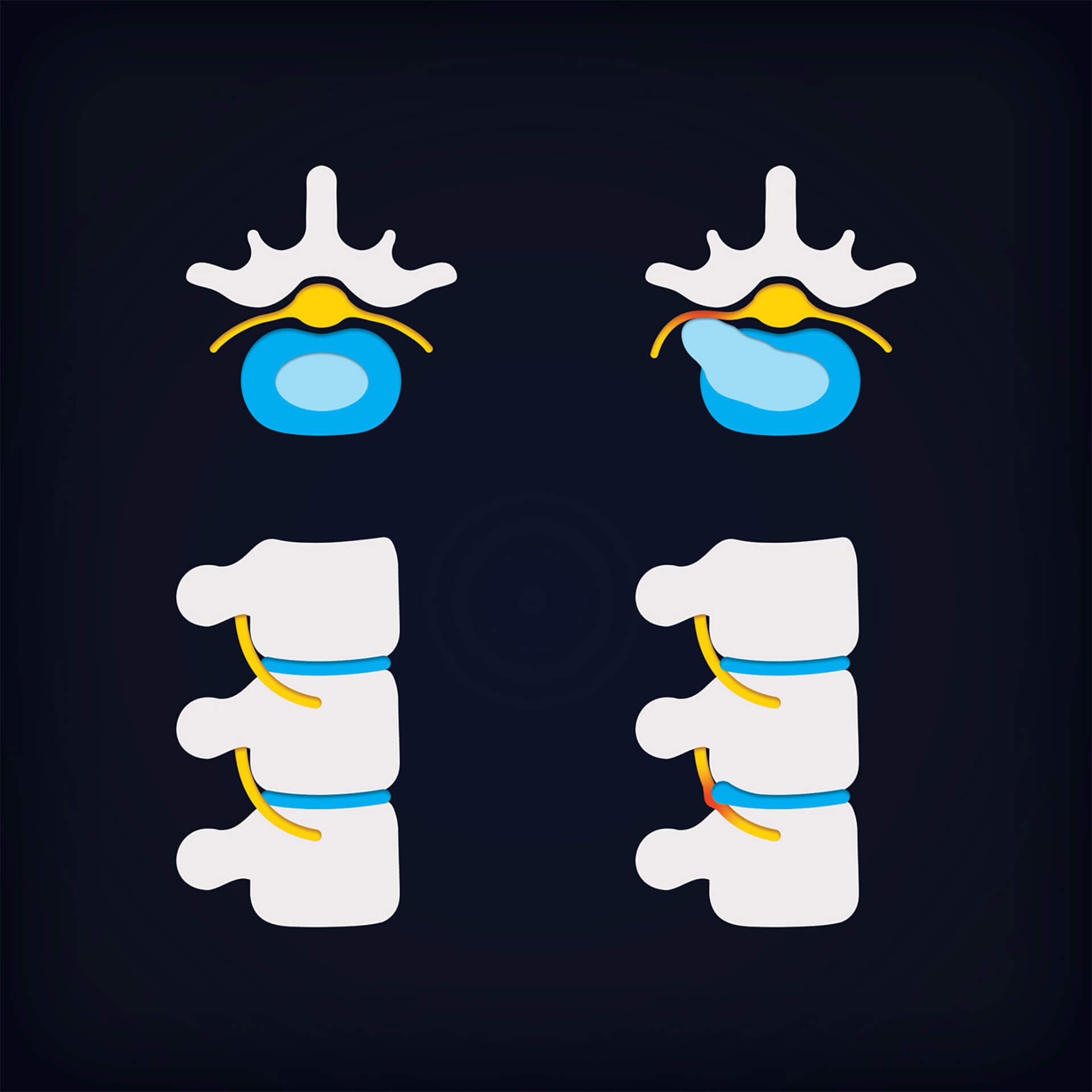
If you’re reading this, you probably have...
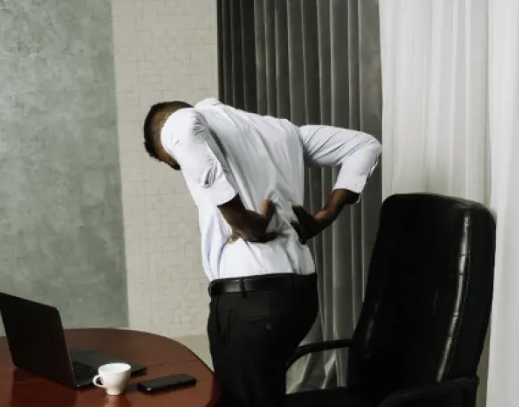
Exercises to Avoid With a Herniated Disc
March 6, 2025A herniated disc can put a serious damper on...

Gentle Back Exercises for Lower Back Pain & Herniated Discs
February 17, 2025Adding a cushion to your office or gaming chair...



